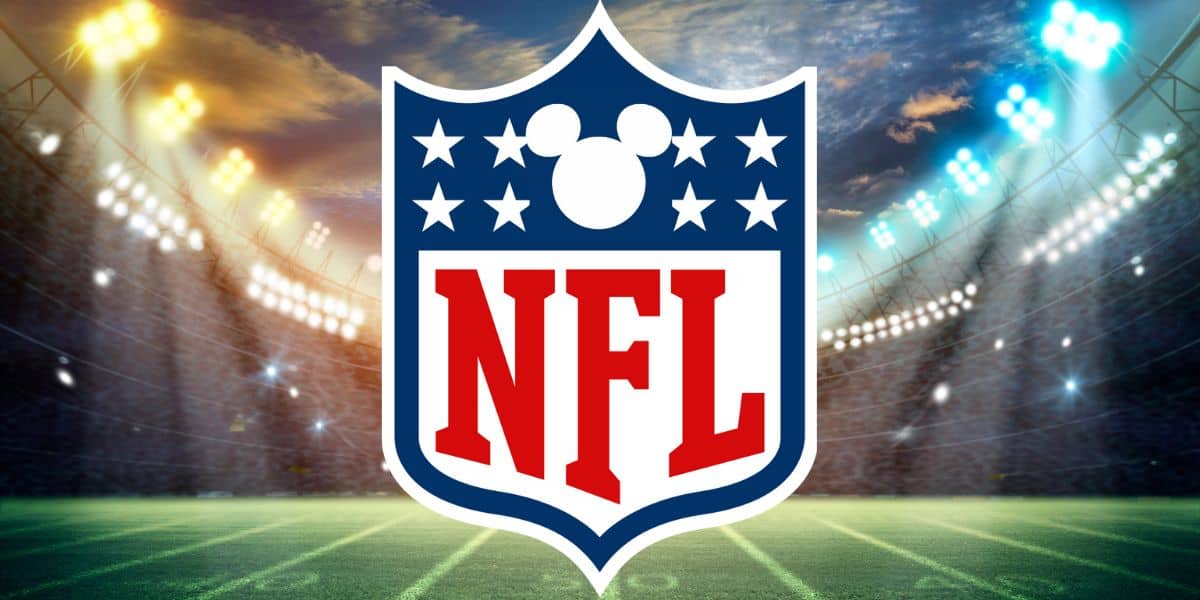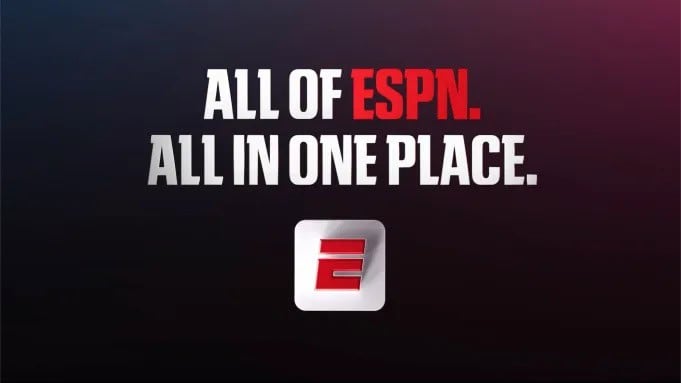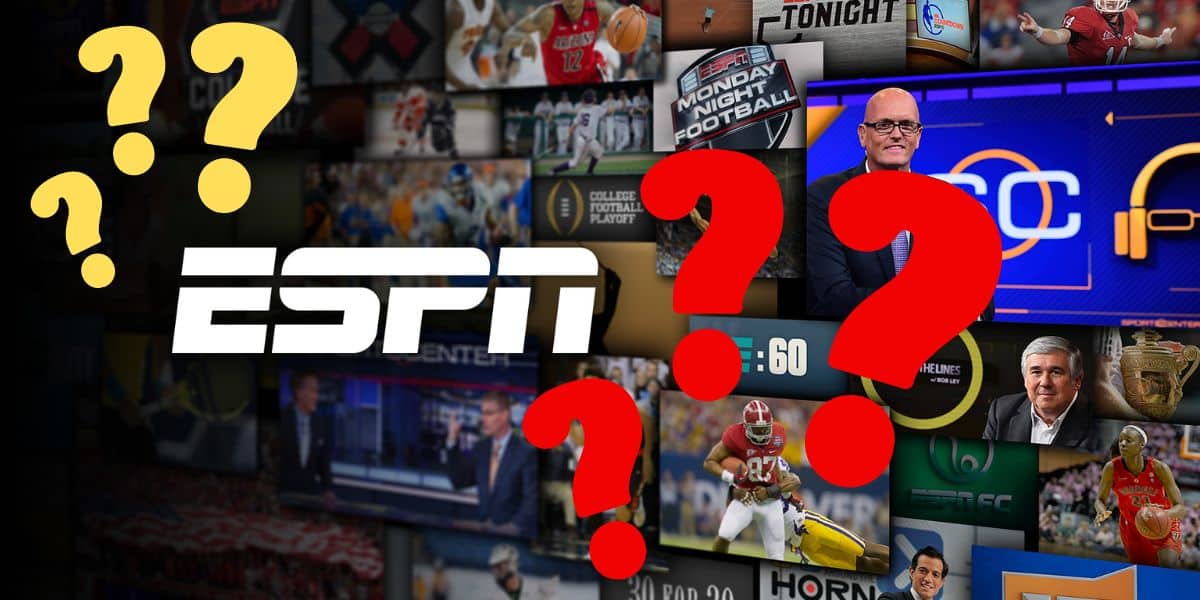Disney’s Move to Secure Streaming Dominance
Disney has recently negotiated a multi-billion-dollar deal with the National Football League (NFL), positioning itself to dominate the streaming landscape. This significant agreement allows ESPN, a subsidiary of Disney, to enhance its offerings and pivot away from reliance on traditional cable television. As advertising revenue for linear cable remains stagnant, this strategic move is seen as a way for Disney to maintain relevance in a rapidly changing media environment.

The deal entails ESPN acquiring several NFL media properties and rights, which will drive their future streaming services. As more viewers shift to streaming platforms, Disney aims to capture the sports audience, which remains crucial for engagement and viewership. The implications are vast, not just for ESPN but for the entire sports broadcasting ecosystem.
Reshaping the Sports Media Landscape
ESPN’s acquisition of the NFL’s media properties is a game-changer. This deal includes the NFL Network and access to the NFL’s Red Zone programming and digital fantasy football services. The NFL will also gain a financial stake in ESPN, further solidifying their partnership. This type of relationship has not been typical, but the necessity of adapting to the streaming service model encourages such collaborations. The NFL’s involvement is expected to enhance ESPN’s ability to attract more subscribers and advertisers.

With the growing importance of streaming platforms, having prominent sports in their lineup is vital for networks like ESPN. Major sports leagues, particularly the NFL, have audiences critical for any streaming service attempting to gain traction. ESPN’s enhanced relationship with the NFL sets it apart from competitors and ensures better access to a premium sports audience.
Enhancing ESPN’s Content Offering
The new agreement brings a wealth of content to ESPN’s portfolio. Along with additional regular-season NFL games, including international matchups, ESPN will gain access to the NFL’s extensive library of films. These films are a treasure trove of content appealing to hardcore fans and casual viewers, allowing for a richer viewing experience.

This influx of new content is anticipated to boost ESPN’s revenue significantly. With ESPN’s streaming service expected to become a central hub for NFL-related content, the company is poised for increased engagement and subscription growth. By integrating the NFL’s offerings, ESPN strengthens its position within the crowded streaming marketplace.
The Future of Linear Cable Television
Despite its success in negotiating the deal with the NFL, ESPN’s move highlights linear cable television’s broader challenges. As more consumers cut the cord, traditional cable networks struggle to maintain their subscriber bases. Predictions indicate a continued decline for the cable industry, prompting networks to rethink their strategies and embrace digital offerings.

ESPN’s proactive strategy aims to effectively navigate this shifting landscape. By securing crucial sports content from the NFL and investing in a sustainable streaming model, Disney is positioning itself for long-term success. As ESPN prepares for the evolution of sports broadcasting, it may serve as a model for other networks looking to adapt to the new media reality.
In sum, Disney’s billion-dollar deal with the NFL secures ESPN’s future in the streaming world and reshapes the entire sports media landscape. With this bold initiative, Disney is not just keeping pace with change but leading the charge into a new age of sports entertainment.





